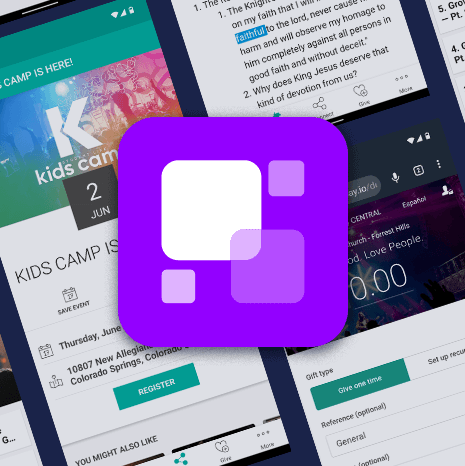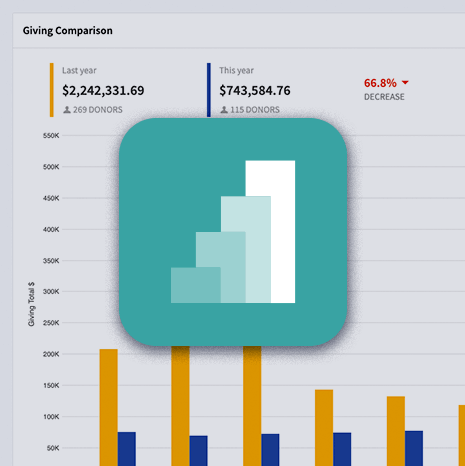
Your church is growing. That’s something to celebrate. More people are joining on Sundays, new ministries are forming, and your team is investing deeply in the community.
But behind the scenes, things can start to feel disorganized.
Spreadsheets do not sync. Staff members can’t access the tools they need. Donation tracking turns into hours of manual work. Communication slips through the cracks. Volunteer schedules are confusing. And the software meant to help your church operate feels more like a burden than a support.
If that sounds familiar, it may be time to ask: Is your church still relying on outdated church software?
What outdated church software actually looks like
Outdated doesn’t always mean old.
It could be the church management system you chose a few years ago that no longer fits your needs. Or it might be a mix of tools that were never built to work together.
You might be dealing with:
- Clunky interfaces that make it hard to train new staff
- Limited options for online giving
- Manual entry between your accounting software and volunteer tools
- Disconnected platforms for communication, donations, and event planning
The problem isn’t always a crash or an error message. Sometimes it’s just this: your system no longer supports your team. It slows them down.








